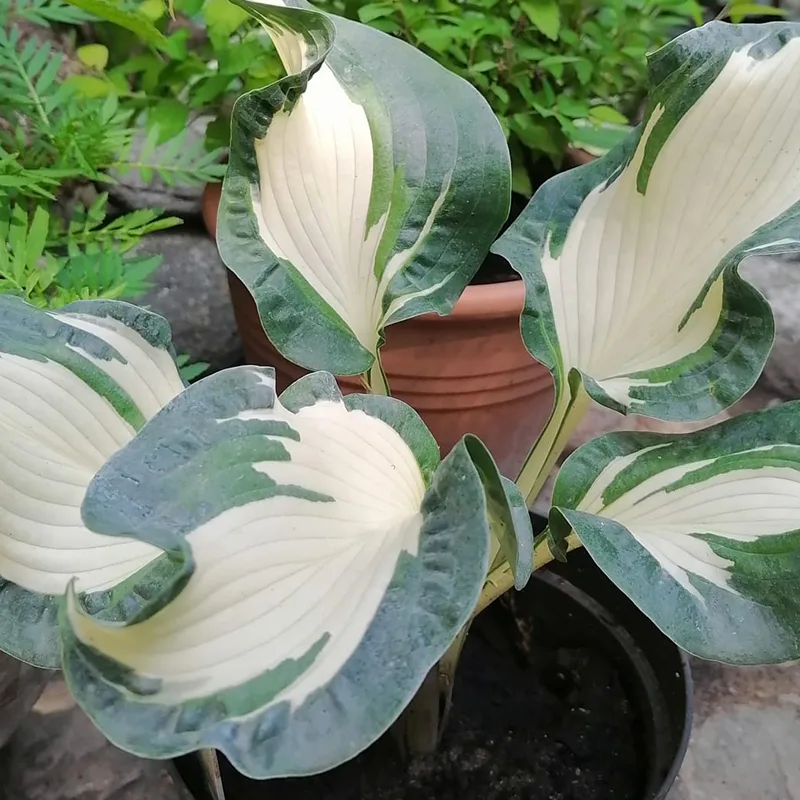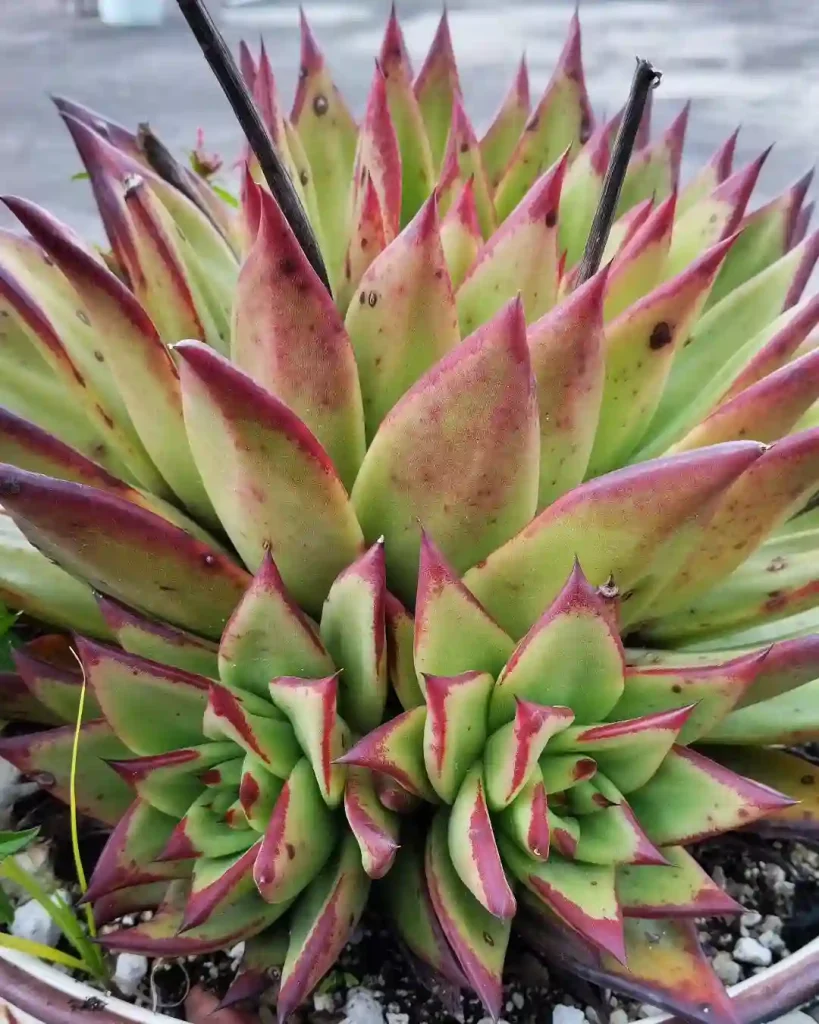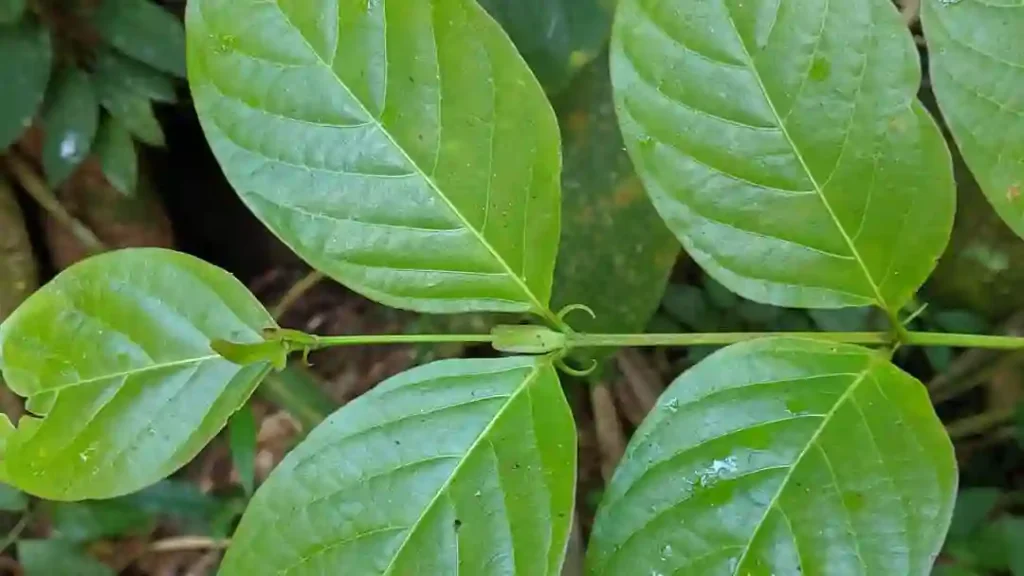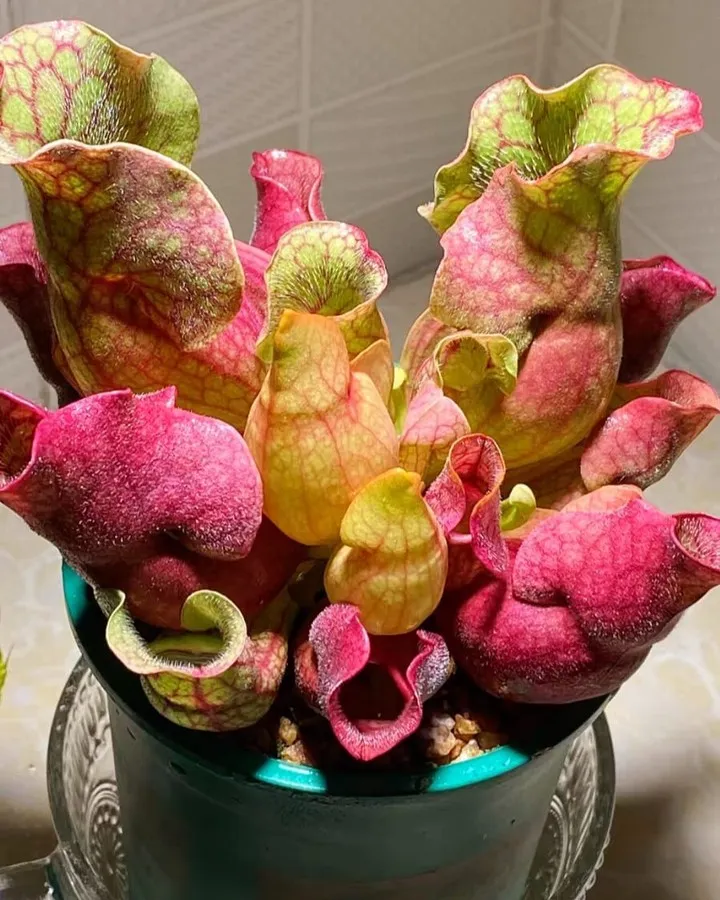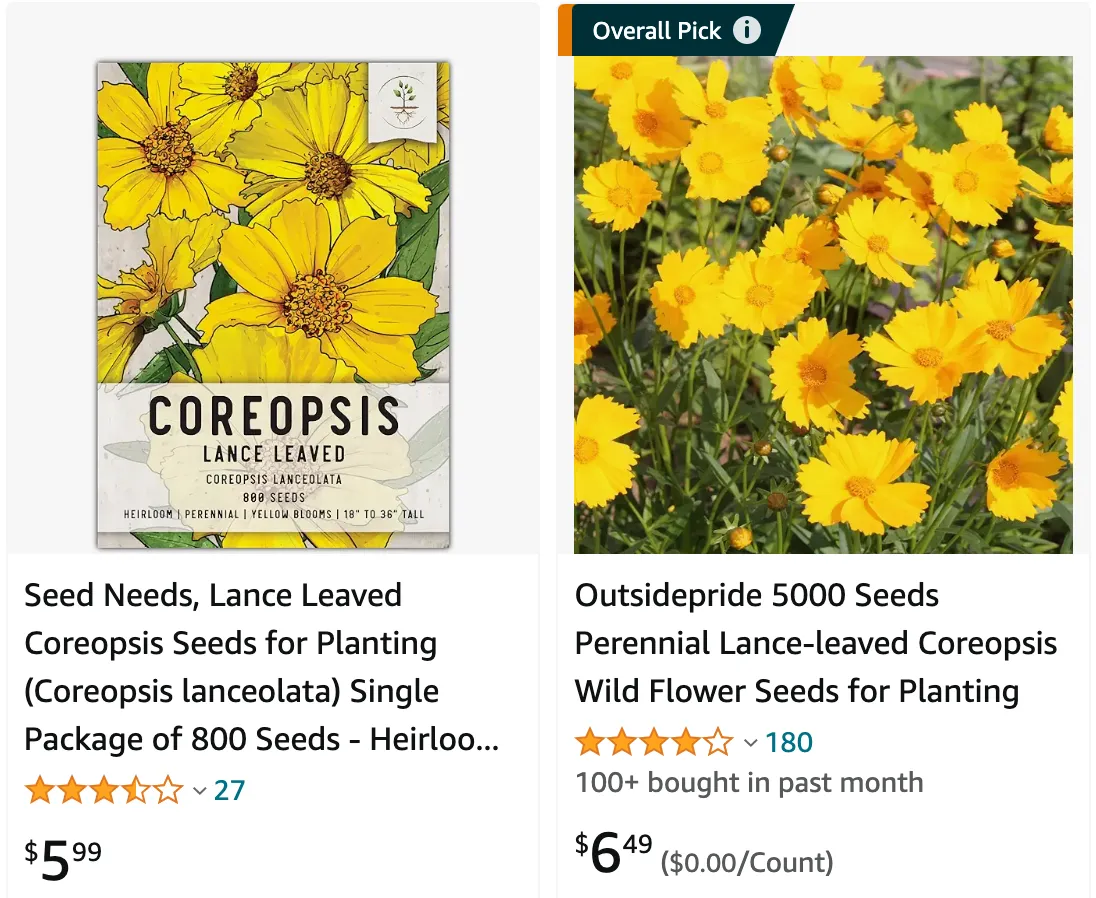
My Journey with Coreopsis Lanceolata
When I first encountered Coreopsis Lanceolata, I was captivated by its cheerful yellow blooms and easy-going nature. As an avid gardener, I was drawn to its resilience and simplicity, making it a perfect addition to my garden. In this article, I’ll share my experiences and tips on how to care for and grow this delightful plant.
39 Species in Genus Coreopsis
What is Coreopsis Lanceolata?
Coreopsis Lanceolata, commonly known as Lanceleaf Coreopsis, is a perennial wildflower native to North America. It belongs to the Asteraceae family and is renowned for its bright yellow, daisy-like flowers. The plant typically grows to about 1 to 2 feet tall and has a sprawling habit, making it an excellent ground cover. Its blooms attract a variety of pollinators, including bees and butterflies, adding vibrant life to any garden.
How to Care for Coreopsis Lanceolata?
Caring for Coreopsis Lanceolata is straightforward, which makes it an ideal choice for both novice and experienced gardeners. Here are some essential care tips:
Soil and Watering
Coreopsis Lanceolata thrives in well-drained soil and can tolerate poor soil conditions. It prefers full sun but can handle partial shade. Watering should be done moderately; the plant is drought-tolerant once established but will appreciate regular watering during dry spells.
Fertilization
This plant does not require heavy fertilization. A light application of a balanced, slow-release fertilizer in the spring will suffice to keep it healthy and blooming. Over-fertilizing can lead to lush foliage at the expense of flowers.
Pruning and Deadheading
Pruning is essential for maintaining the plant’s shape and encouraging continuous blooming. Deadheading, or removing spent flowers, will promote new blooms and keep the plant looking tidy. At the end of the growing season, cutting the plant back to the ground will prepare it for winter dormancy.
Pest and Disease Management
Coreopsis Lanceolata is relatively pest and disease resistant. However, keep an eye out for common garden pests like aphids and caterpillars. Using an insecticidal soap or neem oil can effectively manage these pests. Good air circulation and avoiding overhead watering can help prevent fungal diseases.
How to Grow Coreopsis Lanceolata from Seed?
Growing Coreopsis Lanceolata from seed is a rewarding and cost-effective way to expand your garden. Here’s a step-by-step guide based on my experience:
Seed Selection and Preparation
Purchase seeds from a reputable supplier to ensure good germination rates. Coreopsis seeds are tiny, so handle them with care.
Sowing Seeds
Start seeds indoors 6-8 weeks before the last frost date or sow them directly in the garden after the danger of frost has passed. For indoor sowing, use seed trays filled with a quality seed-starting mix. Lightly press the seeds into the soil without covering them too deeply; they need light to germinate.
Germination and Transplanting
Keep the soil moist and place the trays in a warm, sunny location. Seeds typically germinate in 10-15 days. Once the seedlings are large enough to handle and have developed a couple of true leaves, they can be transplanted into the garden.
Direct Sowing
For direct sowing, prepare the garden bed by loosening the soil and removing any weeds. Scatter the seeds on the soil surface and lightly press them in. Keep the area moist until the seeds germinate.
What is the Difference Between Coreopsis Grandiflora and Coreopsis Lanceolata?
Both Coreopsis Grandiflora and Coreopsis Lanceolata are popular garden plants, but they have some distinct differences:
Appearance
Coreopsis Grandiflora, also known as Large-flowered Coreopsis, typically has larger flowers compared to Lanceolata. The blooms of Grandiflora can also come in shades of yellow with red or brown centers, while Lanceolata is usually solid yellow.
Growth Habit
Coreopsis Lanceolata has a more spreading habit and can act as a ground cover, whereas Coreopsis Grandiflora tends to be more upright and clump-forming.
Bloom Time
Both species bloom in the summer, but Grandiflora often has a longer blooming period extending into fall.
Where to Plant Coreopsis Lanceolata?
Choosing the right location for Coreopsis Lanceolata will ensure it thrives and adds beauty to your garden.
Sunlight Requirements
Coreopsis Lanceolata performs best in full sun, where it will produce the most abundant and vibrant flowers. It can tolerate partial shade, but flowering may be reduced.
Soil Conditions
This plant is not picky about soil and can grow in sandy, loamy, or rocky soils. Good drainage is crucial to prevent root rot, especially in clay-heavy soils.
Garden Design
Coreopsis Lanceolata is versatile and can be used in various garden settings. It works well in wildflower meadows, borders, and as a ground cover. Its bright blooms pair beautifully with other native wildflowers and ornamental grasses.
Companion Plants
Consider planting Coreopsis Lanceolata alongside other drought-tolerant perennials like Echinacea, Rudbeckia, and Salvia. These combinations can create a vibrant and low-maintenance garden display.
Conclusion
Coreopsis Lanceolata has been a joy to grow in my garden, offering bright, cheerful flowers with minimal fuss. Whether you’re a seasoned gardener or just starting, this resilient wildflower can bring color and life to your outdoor space. Happy gardening!
If i die, water my plants!
